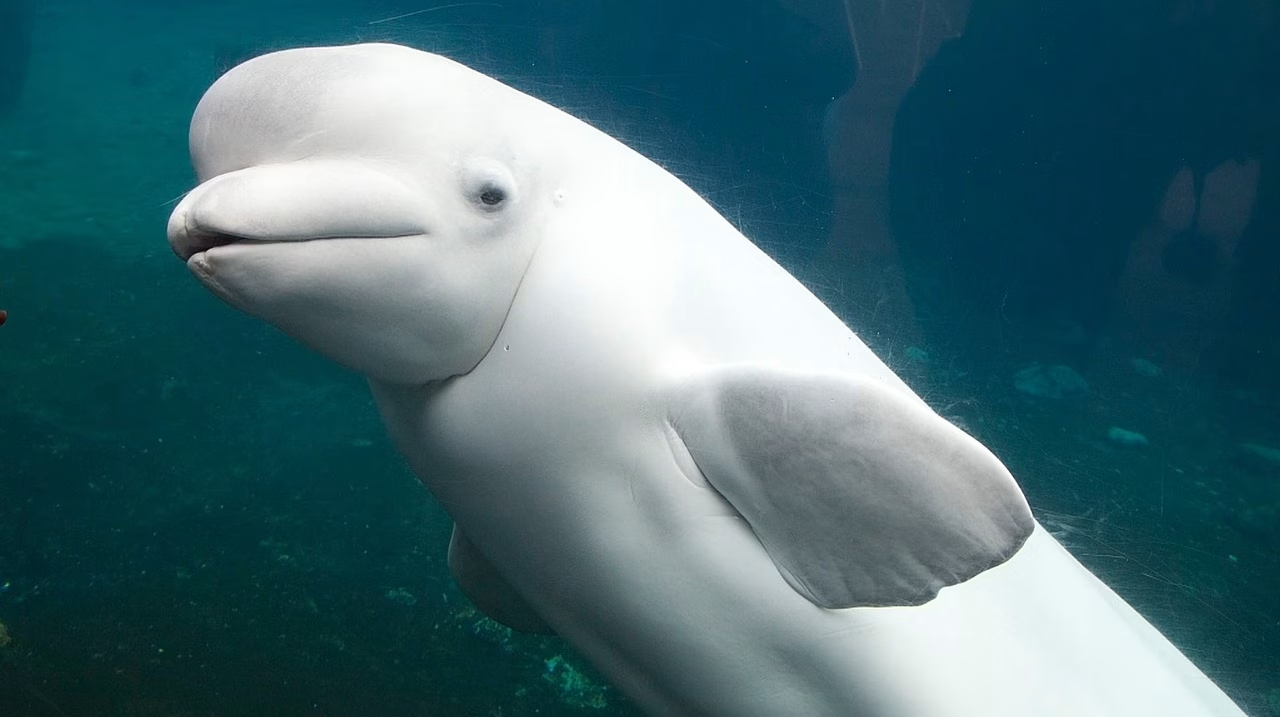In Ontario, a heartbreaking situation is unfolding at Marineland, one of Canada’s most controversial theme parks. The facility says it may have to euthanize 30 beluga whales if the government does not approve their transfer to a new home in China. For the public, it’s a shocking headline. For animal welfare groups, it’s a warning about the high cost of captivity.
The Belugas Behind the Headlines
Beluga whales are known as the “canaries of the sea.” In the wild, they live in pods, use complex vocalizations to communicate, and migrate across vast Arctic waters. At Marineland, however, their world is limited to concrete pools. Many of these whales were born in captivity, meaning they have never felt the open ocean or experienced the freedom of a natural pod.
Marineland argues that caring for so many large marine mammals has become unsustainable. Food, filtration, and veterinary costs have grown. The park’s owners claim the only viable option is to transfer the belugas to another marine park abroad. But the Canadian government banned the export of live whales and dolphins in 2019 to end commercial breeding and entertainment displays.
That law, meant to protect animals, has now become the barrier that could seal their fate.
A Legal and Ethical Deadlock
The dilemma exposes a deep moral conflict: What do we do with animals we can no longer care for, yet cannot release?
The government insists that moving the belugas to a Chinese theme park would expose them to poor welfare conditions. Animal advocates agree, warning that most marine parks in China still use animals for performances. Yet keeping the whales confined without long-term care is equally cruel.
For decades, Marineland has been at the center of debates over animal welfare. Investigations by Canadian agencies have documented poor water quality, overpopulation, and health issues among marine animals. Still, the facility continues to hold one of the world’s largest captive populations of belugas.
The Science of Beluga Intelligence
Belugas are among the most social of all whales. They recognize each other’s voices, care for injured pod members, and even play games. Studies show they experience stress when isolated or exposed to unnatural noise. Their brains have highly developed neocortex regions associated with emotion and empathy, similar to those of great apes and elephants.
When kept in tanks, they often display repetitive behaviors such as circling or head bobbing, signs of psychological distress. These intelligent mammals are designed for cooperation and exploration, not confinement.
Are Sanctuaries the Answer?
One promising alternative is the Whale Sanctuary Project in Nova Scotia, which is creating a coastal refuge for whales retired from entertainment. Unlike theme parks, sanctuaries use large ocean inlets where whales can swim in natural waters but still receive care. Such models could give Marineland’s belugas a better life while keeping them safe.
Marine biologists have long argued that a transition to sanctuaries is the humane solution for captive cetaceans. The challenge is cost, building and maintaining ocean enclosures requires millions in funding and strong political will.
Lessons Beyond the Tank
The story of these 30 whales is about more than one park or one country. It’s a mirror for how humans treat wild animals once they’re taken from nature. Captivity may start with fascination, but it often ends with regret. Each beluga represents an ethical debt, a reminder that protecting wildlife must mean more than preserving them behind glass.
While the future of Marineland’s belugas remains uncertain, their story could push real change. If Canada and other nations invest in true sanctuaries, the next generation of whales may sing in freedom again.
Related:



2 thoughts on “Why 30 Beluga Whales in Ontario Are at Risk”